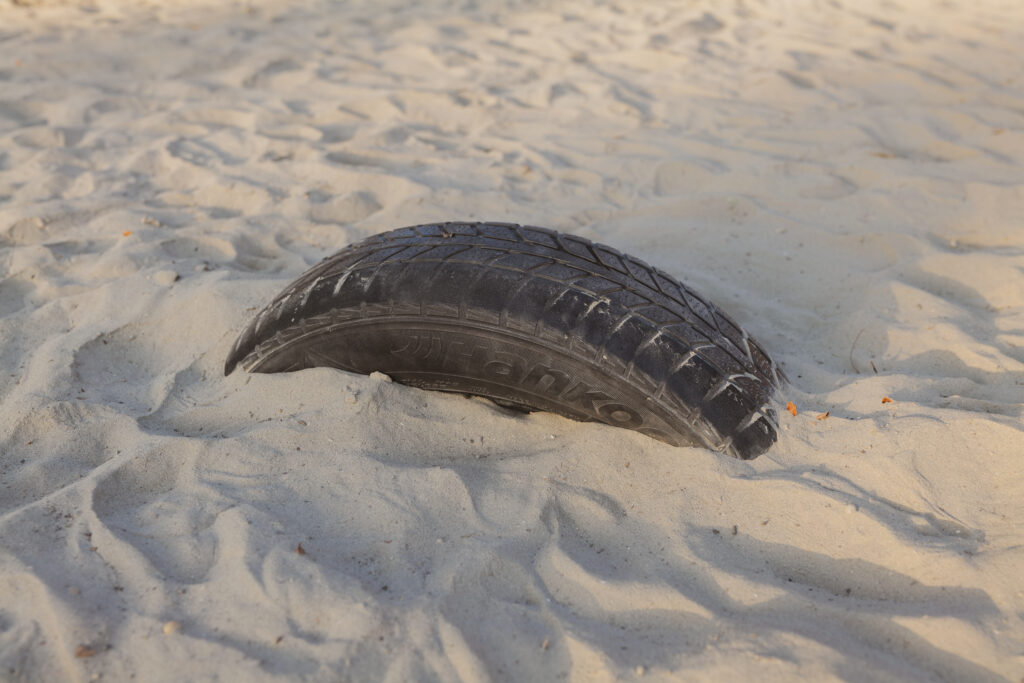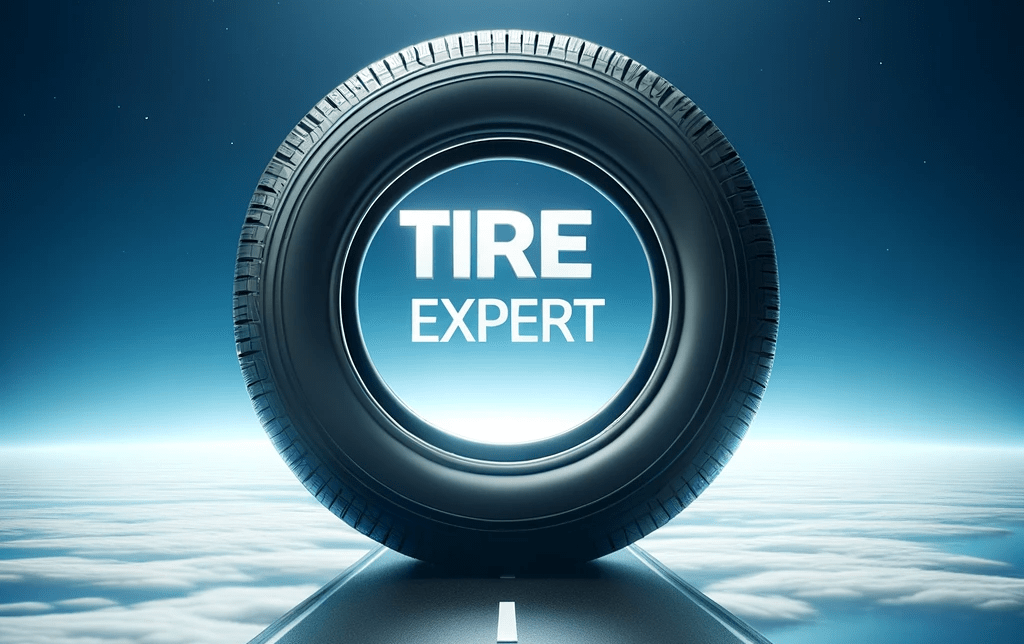In the world of tires, convenience and safety go hand in hand. A key innovation that has revolutionized the automotive industry is the run-flat tire system. Wondering if all run-flat tire systems are the same? Well, guess what? They’re not! Just like there are different types of vehicles, there are also different types of run-flat tire systems. Each type offers its unique benefits and features, ensuring a smooth and secured ride even in the event of a tire puncture. Let’s explore the fascinating world of run-flat tire systems and discover how they enhance your driving experience.

Types of Run-flat Tire Systems
When it comes to run-flat tire systems, there are several different options available on the market. Each type offers its own unique features and benefits, so it’s important to understand the differences between them in order to make an informed decision. In this article, we will explore the various types of run-flat tire systems, including their descriptions, functionality, advantages, and disadvantages. By the end, you will have a better understanding of the options available to you and be able to choose the best run-flat tire system for your needs.
Self-Supporting Run-flat System
The self-supporting run-flat system is one of the most common types of run-flat tires. This system is designed with reinforced sidewalls that can support the weight of the vehicle even when the tire is completely deflated. The sidewalls are constructed using advanced materials that provide the necessary strength and rigidity to keep the tire in shape.
In terms of functionality, the self-supporting run-flat system allows you to continue driving even after a complete loss of air pressure. With these tires, you won’t experience the sudden loss of control that can occur with traditional tires when they go flat. Instead, you’ll be able to maintain control and continue driving at a reduced speed for a limited distance. This gives you the opportunity to safely reach a service station or your destination without the need for immediate tire repairs or replacements.
One of the main advantages of self-supporting run-flat tires is the convenience they offer. With these tires, you don’t have to worry about changing a flat tire on the side of the road or waiting for roadside assistance. You can simply keep driving until you can get to a location where you can have your tire repaired or replaced. This can save you time and hassle, especially in situations where immediate assistance may not be readily available.
However, self-supporting run-flat tires are not without their disadvantages. One of the main drawbacks is their reduced ride comfort. These tires are typically stiffer than traditional tires, which can result in a harsher and less comfortable ride. Additionally, self-supporting run-flat tires are generally more expensive than standard tires, so you can expect to pay a premium for the added convenience and safety they provide.
Self-Sealing Run-flat System
Another popular type of run-flat tire system is the self-sealing run-flat system. This system is designed to automatically repair small punctures in the tire tread, allowing you to continue driving without the need for immediate repairs.
The functionality of self-sealing run-flat tires is quite impressive. These tires are equipped with a special sealant that is embedded within the tire’s inner lining. When a small puncture occurs, the sealant is able to quickly seal the hole and prevent air from escaping. This allows you to maintain proper tire pressure and continue driving safely.
One of the major advantages of the self-sealing run-flat system is the ability to avoid immediate tire repairs. With these tires, you don’t have to worry about stopping to change a flat tire or wait for roadside assistance. The self-sealing capability provides an added layer of convenience and peace of mind, as you can simply continue driving to your destination without any interruption.
However, there are also some disadvantages to consider. Self-sealing run-flat tires are typically not as effective in sealing larger punctures or sidewall damage. In these cases, you may still need to stop and have the tire repaired or replaced. Additionally, the sealant used in these tires can sometimes cause an imbalance, leading to a vibration in the vehicle. This can affect the ride comfort and may require additional tire balancing or adjustment.
Auxiliary Supported Run-flat System
The auxiliary supported run-flat system is a more advanced type of run-flat tire system. This system is designed with additional support elements within the tire, such as an internal support ring or additional reinforcements.
The functionality of auxiliary supported run-flat tires involves the use of these support elements to provide additional load-bearing capacity. When the tire loses air pressure, the support elements help to maintain the shape and integrity of the tire, allowing you to continue driving safely. This means that even with a completely deflated tire, you will still have control and maneuverability, minimizing the risk of accidents or damage.
One of the primary advantages of the auxiliary supported run-flat system is its enhanced safety features. These tires provide improved stability and control, even in emergency situations where a sudden loss of tire pressure occurs. By allowing you to maintain control and drive to a safe location, they can help prevent accidents and keep you and your passengers safe.
However, there are also some disadvantages to consider. Auxiliary supported run-flat tires tend to be heavier and have a higher rolling resistance compared to standard tires. This can result in reduced fuel efficiency and increased tire wear. Additionally, these tires are generally more expensive than traditional tires, which can be a limiting factor for some buyers.
Support Ring Run-flat System
The support ring run-flat system is another type of run-flat tire system that utilizes a support ring to provide the necessary load-bearing capacity. This system is often used in combination with self-supporting or auxiliary supported technologies to further enhance the performance and safety of the tires.
The functionality of the support ring run-flat system involves a reinforced ring that is inserted onto the rim of the tire. This ring provides additional structural support, allowing the tire to retain its shape and carry the weight of the vehicle, even in a deflated state. With this system, you can continue driving for a limited distance at a reduced speed, giving you enough time to safely reach a service station or your destination.
One of the main advantages of the support ring run-flat system is the improved safety it offers. By providing extra support and load-bearing capacity, these tires minimize the risk of accidents or damage caused by sudden tire failures. They also allow you to maintain control and stability, which can be crucial in emergency situations.
However, the support ring run-flat system does have some disadvantages. These tires are generally more expensive than standard tires and can be difficult to find in certain sizes or brands. Additionally, the support ring adds extra weight to the tire, which can lead to reduced fuel efficiency and increased tire wear. It’s also important to note that support rings may require specific installation instructions and tools, which can make the tire changing process more complicated.
Beadlock Run-flat System
The beadlock run-flat system is a unique type of run-flat tire system that utilizes a mechanical locking mechanism to keep the tire securely in place on the rim, even in a deflated state. This system is commonly used in off-road or military vehicles, where tire failure can have serious consequences.
The functionality of the beadlock run-flat system involves a series of beadlock rings that are clamped onto the tire bead. These rings provide a mechanical lock that prevents the tire from detaching from the rim, even under extreme conditions or when there is a complete loss of air pressure. This ensures that the tire remains in place and allows you to continue driving safely.
One of the main advantages of the beadlock run-flat system is its unmatched reliability. The mechanical locking mechanism provides a high level of security, minimizing the risk of tire detachment or failure. This is especially important in off-road or rugged terrains, where traditional tires can easily get damaged or dislodged.
However, there are also some disadvantages to consider. Beadlock run-flat tires require a specific rim design and installation process, which can limit the availability and compatibility of these tires. Additionally, the beadlock rings add extra weight to the tire, which can result in reduced fuel efficiency and increased tire wear. It’s also worth noting that beadlock run-flat tires tend to be more expensive than standard tires, making them less accessible for everyday vehicles.

Automatic Leak Detection Run-flat System
The automatic leak detection run-flat system is a relatively new and innovative type of run-flat tire system. This system is designed to continuously monitor the tire pressure and automatically detect any leaks or changes in pressure.
The functionality of the automatic leak detection run-flat system involves sensors that are integrated into the tire or the wheel. These sensors constantly monitor the tire pressure and transmit real-time data to a central control unit. If a leak or a significant change in pressure is detected, an alert is sent to the driver, allowing them to take appropriate actions and avoid potential tire failures.
One of the major advantages of the automatic leak detection run-flat system is its proactive nature. By continuously monitoring the tire pressure, this system can detect even the smallest leaks or changes in pressure, allowing you to address the issue before it becomes a major problem. This can help prevent sudden tire failures and provide an added layer of safety for you and your passengers.
However, like any other run-flat tire system, the automatic leak detection system also has its disadvantages. These tires are generally more expensive than traditional tires and may require additional maintenance or calibration to ensure accurate readings. Additionally, the sensors used in this system can be susceptible to damage or malfunction, which may result in false alerts or a loss of functionality.
Factors to Consider When Choosing a Run-flat Tire System
Now that we have explored the various types of run-flat tire systems, it’s important to consider several factors that can help you make an informed decision. Here are some key factors to consider when choosing a run-flat tire system:
Safety
One of the most important factors to consider is the safety of the run-flat tire system. Look for systems that provide enhanced stability, control, and maneuverability, even in emergency situations or when there is a complete loss of tire pressure. Consider the additional safety features offered by each system, such as self-sealing capabilities or automatic leak detection.
Ride Comfort
Another important factor to consider is the ride comfort provided by the run-flat tire system. Keep in mind that run-flat tires are generally stiffer than traditional tires, which can result in a harsher and less comfortable ride. However, some systems may offer better ride comfort than others. Consider your personal preferences and the type of driving you do to determine which system would be most suitable for you.
Cost
Cost is always an important consideration when making any purchasing decision. Run-flat tire systems tend to be more expensive than standard tires, so it’s important to consider your budget and the long-term cost implications. Keep in mind that some systems may require specific rims or additional components, which can further increase the overall cost.
Maintenance
Different run-flat tire systems may have varying levels of maintenance requirements. Consider the maintenance tasks involved, such as tire rotation, sealant replenishment, or sensor calibration, and determine if you are willing to fulfill these requirements. Some systems may require more frequent maintenance than others, so it’s important to choose a system that aligns with your maintenance preferences and capabilities.
Availability
Lastly, consider the availability of the run-flat tire system you are considering. Some systems may be more readily available in certain sizes or brands, while others may be harder to find. Ensure that the system you choose is easily accessible, as this will make it easier to find replacement tires or receive necessary support in case of emergencies.

Conclusion
In conclusion, there are several types of run-flat tire systems available on the market, each with its own unique features and benefits. From self-supporting systems that allow you to continue driving with a completely deflated tire, to self-sealing systems that automatically repair small punctures, to more advanced systems that provide enhanced stability and control, there is a run-flat tire system to suit every need.
When choosing a run-flat tire system, it’s important to consider factors such as safety, ride comfort, cost, maintenance requirements, and availability. By carefully weighing these factors and understanding the pros and cons of each type of system, you can make an informed decision and choose the best run-flat tire system for your vehicle. So, whether you’re looking for added convenience, improved safety, or enhanced performance, a run-flat tire system may be the perfect solution for you.

